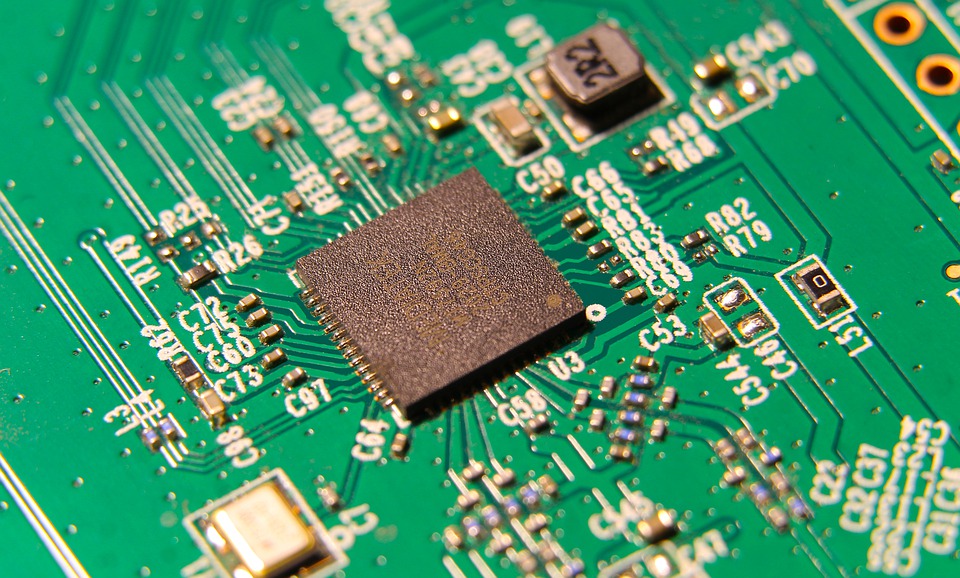Have you ever stopped to think about the intricate dance that happens between hardware and software in the devices we use every day? From smartphones to laptops to smart home devices, the seamless integration of hardware and software is what makes these devices so powerful and user-friendly.
The intersection of hardware and software is where the magic happens. Without hardware, software is just a set of instructions with nothing to execute them. Without software, hardware is just a collection of electronic components that do nothing on their own. It is the collaboration between the two that brings our devices to life.
Take smartphones, for example. These pocket-sized devices are packed with a myriad of hardware components, including processors, cameras, sensors, and displays. But it’s the software that really sets them apart. The operating system and apps allow us to communicate, navigate, play games, and access information with just a few taps of our fingers. The hardware and software work together seamlessly to provide us with a powerful and versatile tool that fits in the palm of our hand.
Laptops are another example of the synergy between hardware and software. The hardware components – such as the processor, memory, and storage – determine the performance and capabilities of the device. But it’s the operating system and software applications that allow us to write documents, create presentations, browse the web, and much more. The combination of powerful hardware and intuitive software makes laptops essential tools for work and entertainment.
In the realm of smart home devices, the integration of hardware and software has revolutionized the way we interact with our living spaces. From smart thermostats to security cameras to voice-controlled assistants, these devices are equipped with sensors, processors, and connectivity options that allow them to communicate and respond to our commands. The software running on these devices enables us to remotely monitor our homes, adjust the temperature, and control our appliances with just a few taps on our smartphones.
As technology continues to advance, the intersection of hardware and software will only become more nuanced and sophisticated. Artificial intelligence, machine learning, and the Internet of Things are already pushing the boundaries of what is possible with our devices. By harnessing the power of both hardware and software, engineers and developers are continually finding new and innovative ways to enhance our daily lives.
So the next time you pick up your smartphone, open your laptop, or adjust the thermostat with your smart home device, take a moment to appreciate the seamless collaboration between hardware and software that makes these devices so indispensable. It’s a delicate balance that enables us to stay connected, informed, and productive in our increasingly digital world.




